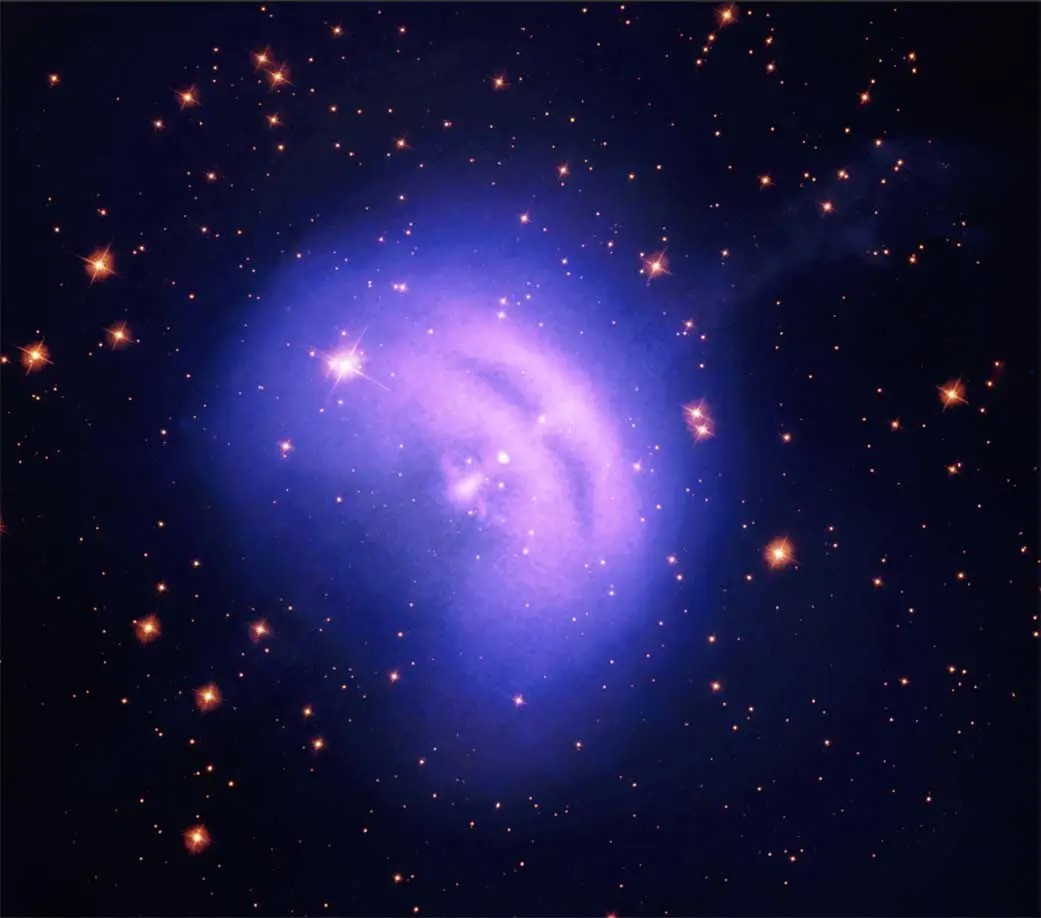Australian astronomers using the MeerKAT and Parkes radio telescopes have discovered a new pulsar wind nebula active in the radio range. Similar objects are formed when radiation from a neutron star ionizes the surrounding gas.

Amazing nebulae
Scientists from the University of Western Sydney have recently discovered a new pulsar wind nebula. They were helped in this by the MeerKAT and Parkes radio telescopes located in Australia, as well as the Australian kilometer array of antennas.
Pulsar wind nebulae are diffuse objects that form near a neutron star. The latter is the remnant of a luminary that explodes as a supernova. At the same time, a significant part of the latter’s material is slowly spreading in space. If this happens slowly enough, or gas and dust meet on the way, then something similar to what Australian astronomers have seen is formed.
The key role in the formation of such objects is played by high-energy particles that come from the pulsar. They ionize the gas and cause it to emit electromagnetic waves in various ranges. Therefore, we can learn a lot about neutron stars and their surroundings by studying their spectra.
Pulsar wind nebula “Potoroo”
The new pulsar wind nebula was named “Potoroo” in honor of a small Australian marsupial. Immediately after its discovery, scientists used the low-frequency receiver of the Parkes radio telescope and discovered the pulsar, which gave rise to it. It received the designation PSR J1638-4713.
Scientists say that the new pulsar wind nebula has a shape very characteristic of such formations. The pulsar moves through the medium at a supersonic speed. As a result, in the direction of its movement, the nebula takes the form of a shock wave. But on the opposite side, nothing interferes with the particles, and they form a tail similar to a comet.
According to the study, Potoroo is located at least 32,500 light-years away from us and has a size in the radio range of about 68.5 light-years, while its X-ray size seems to be 10 times smaller.
As for PSR J1638-4713, it has a spin period of 65.74 milliseconds and a dispersion measure of 1553 pc/cm3. Observations have shown that it is young. Its age is about 24,000 years. It is moving at a speed of 1000 km/s.
According to phys.org
Follow us on Twitter to get the most interesting space news in time
https://twitter.com/ust_magazine


